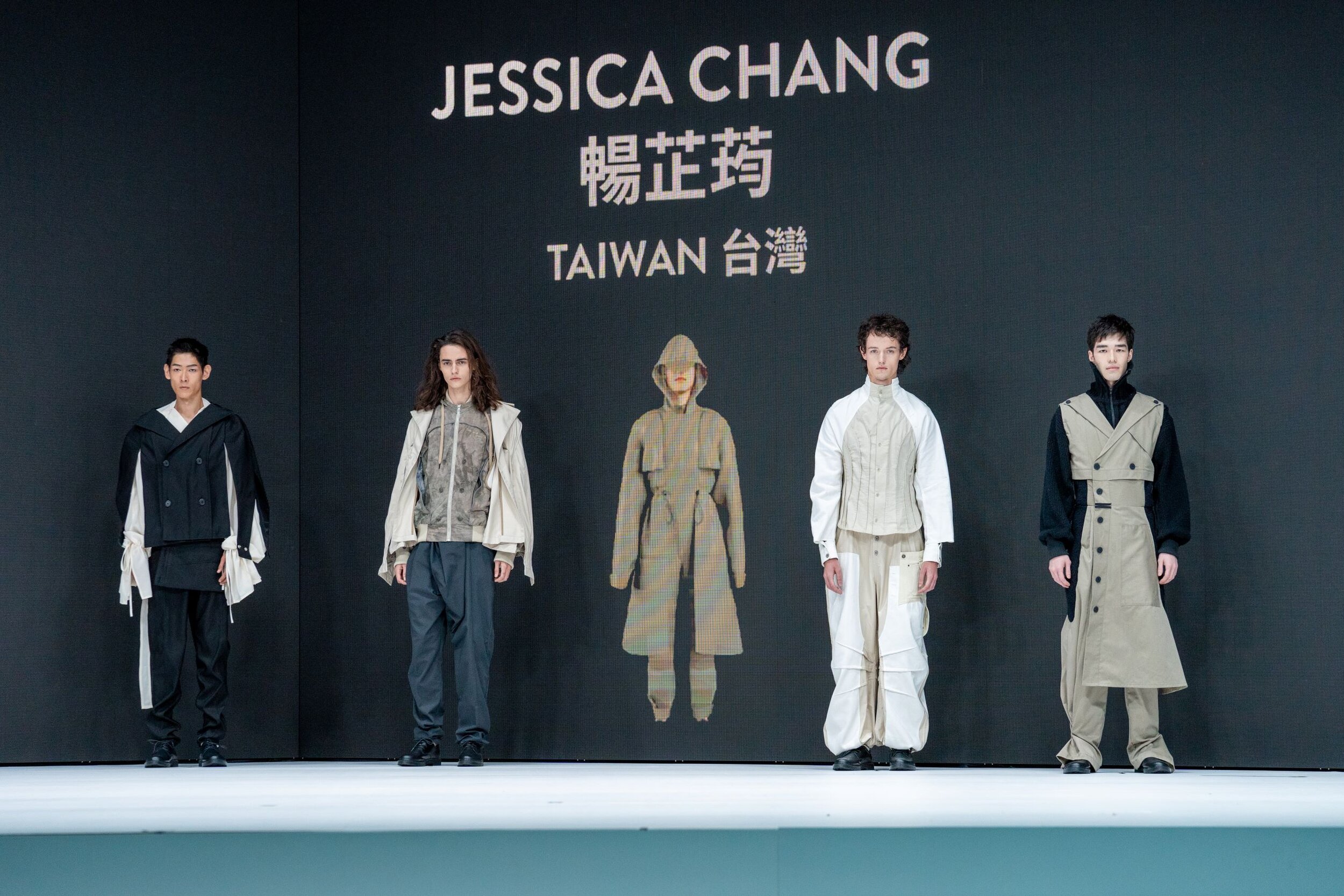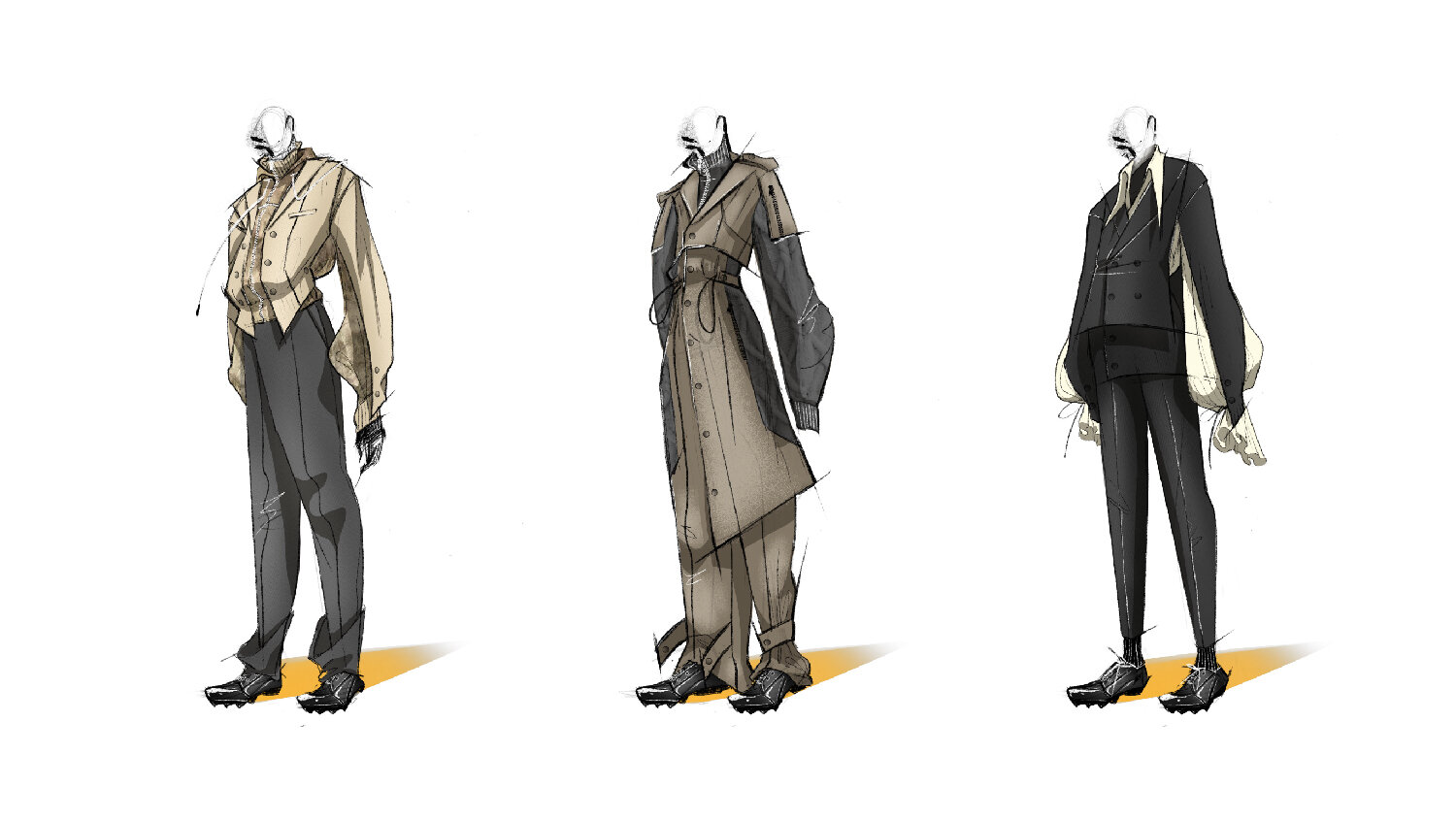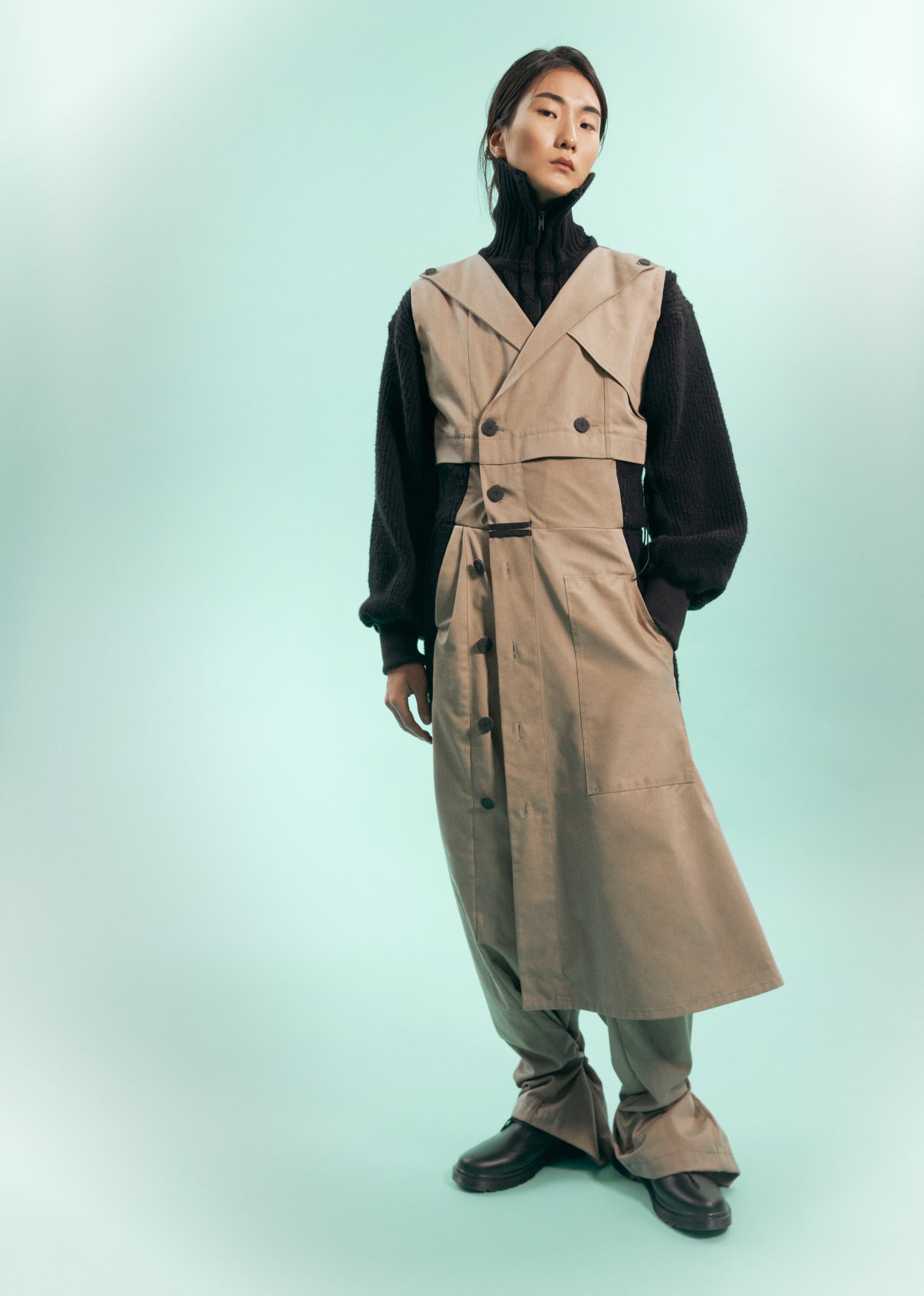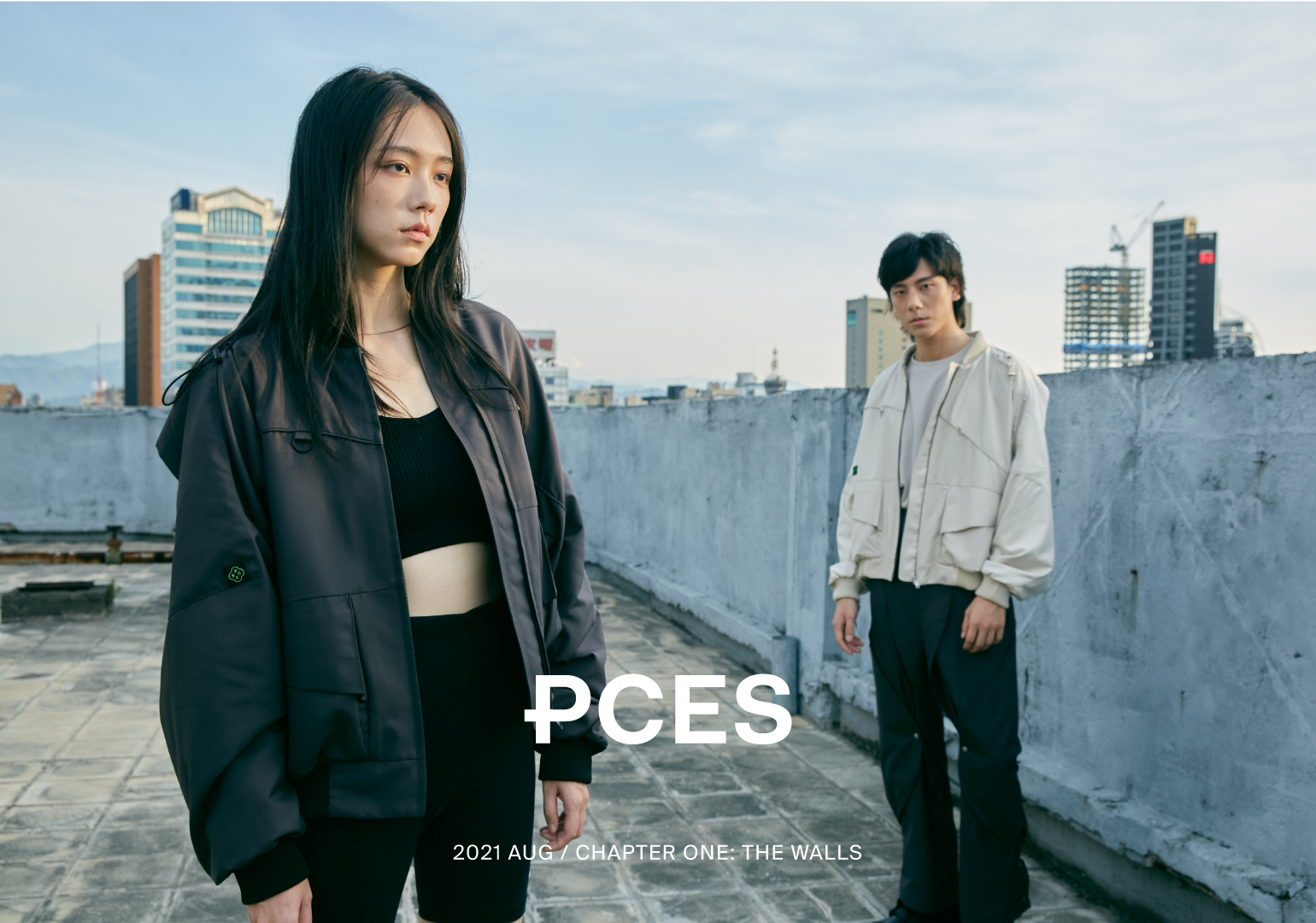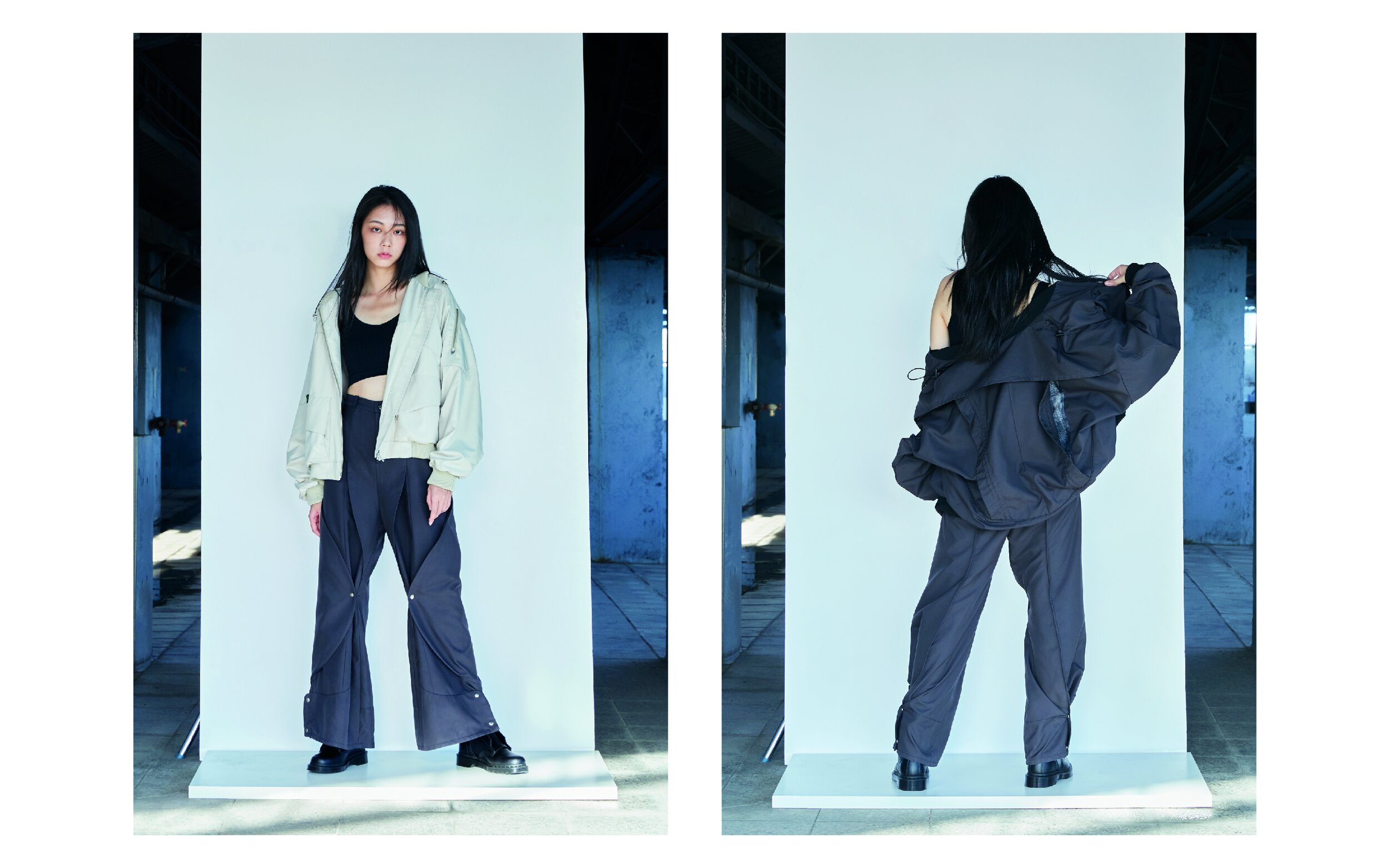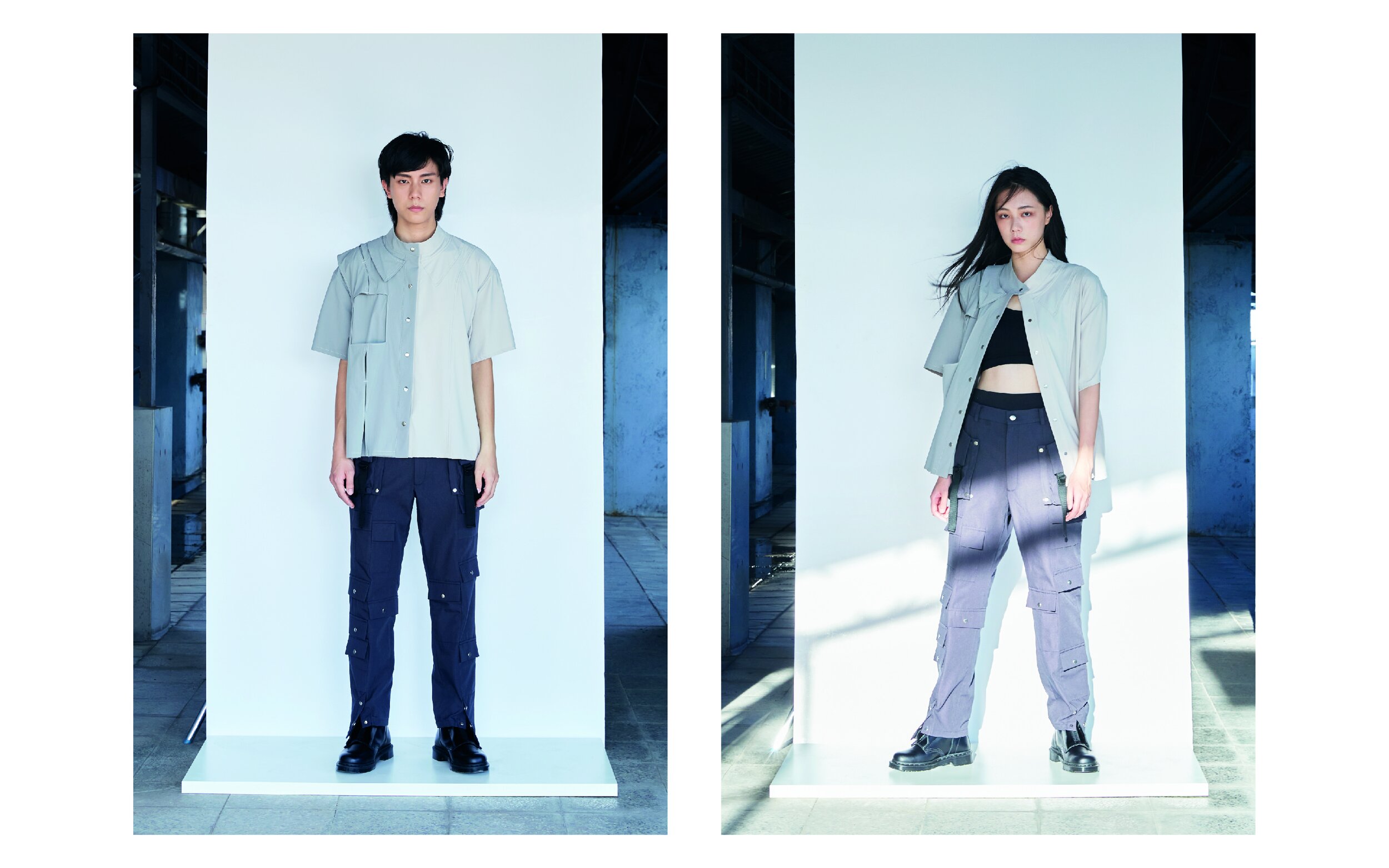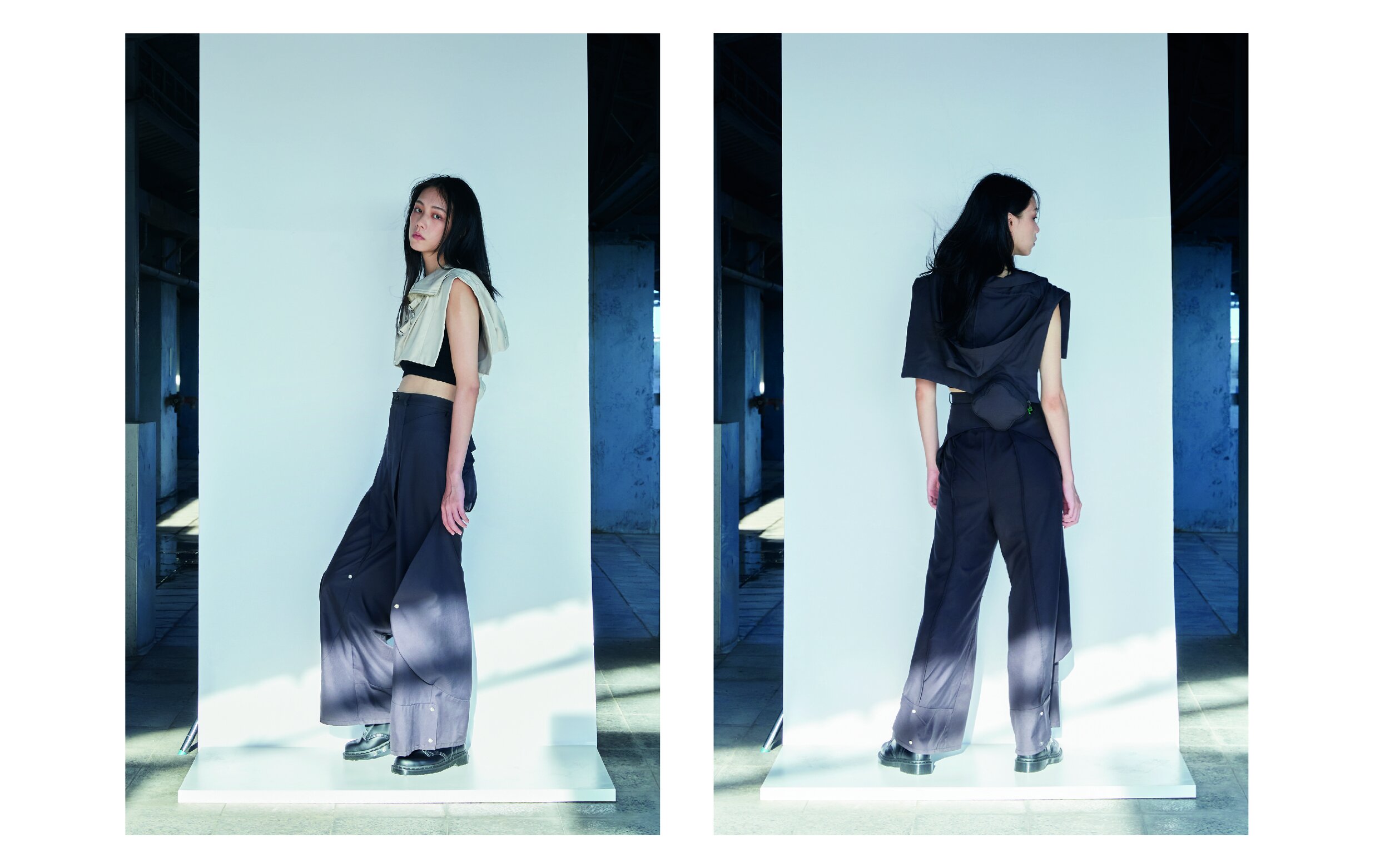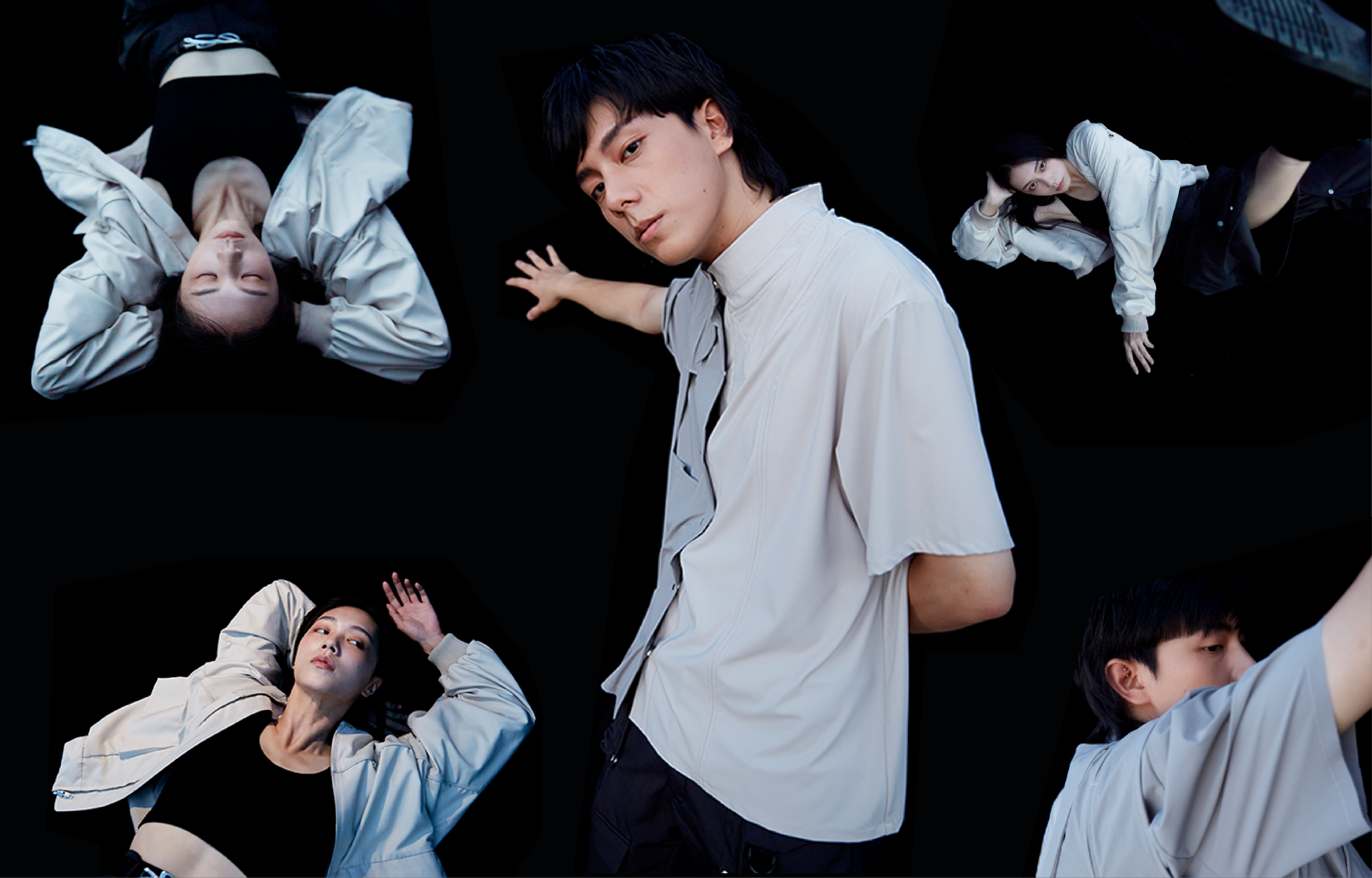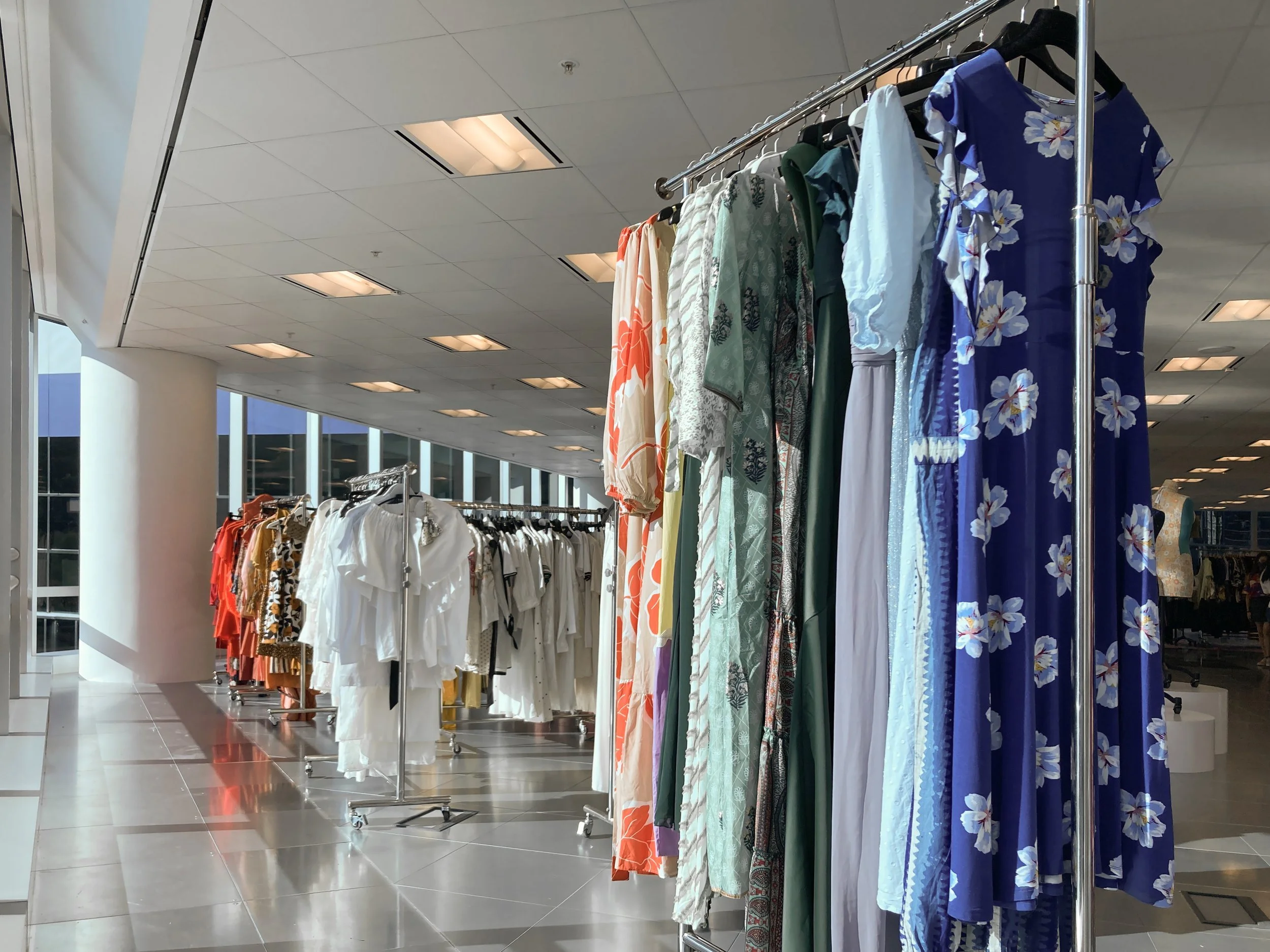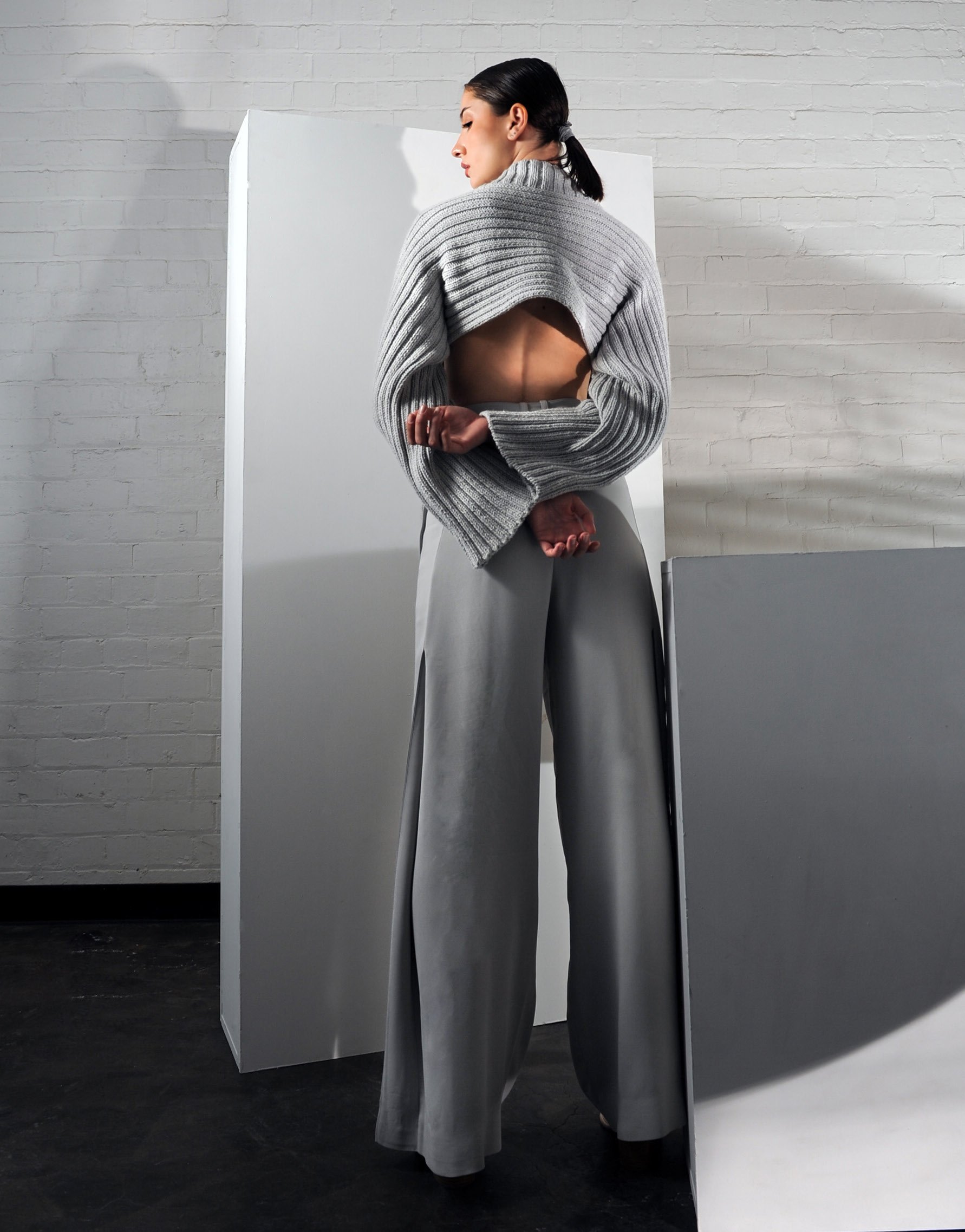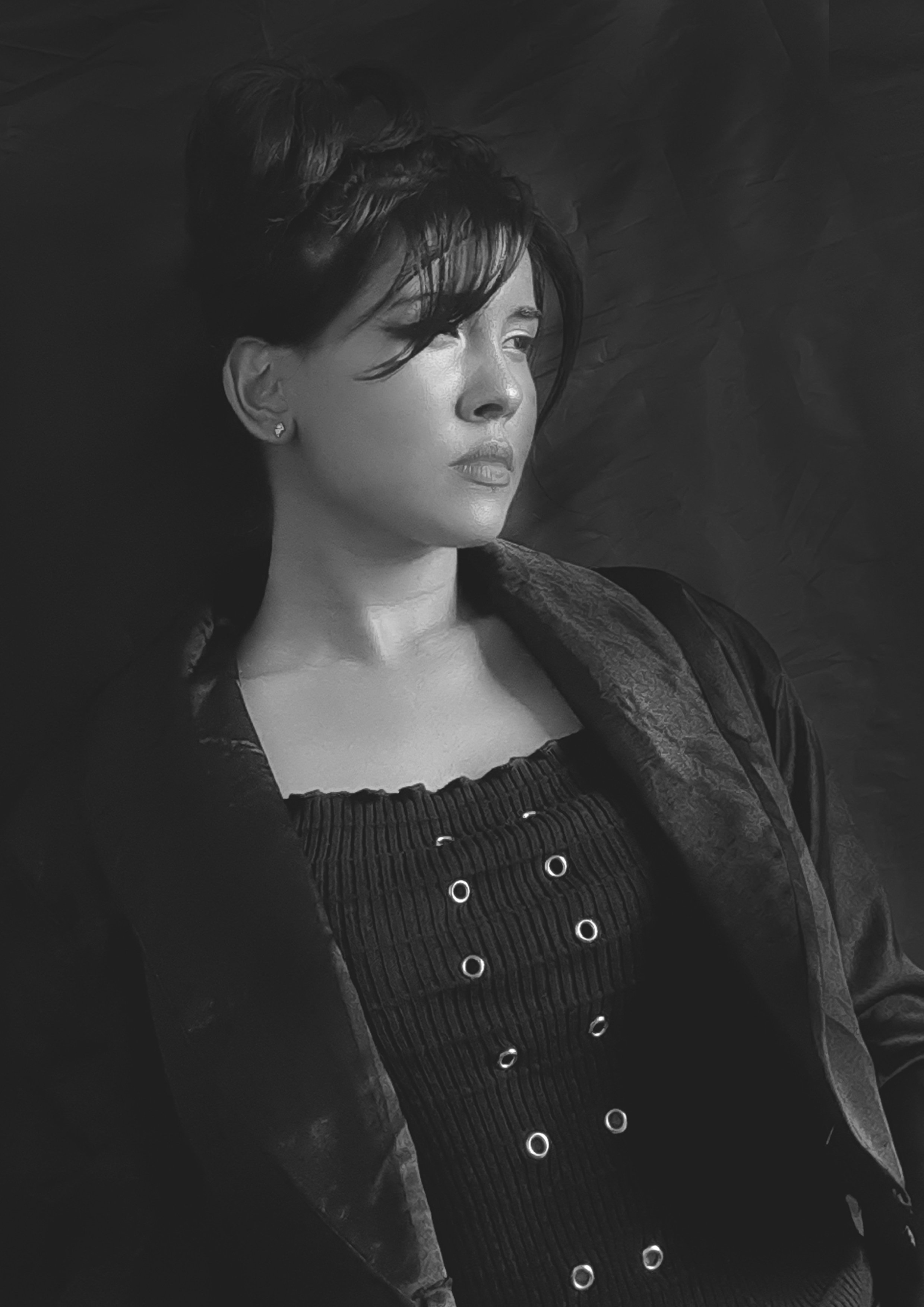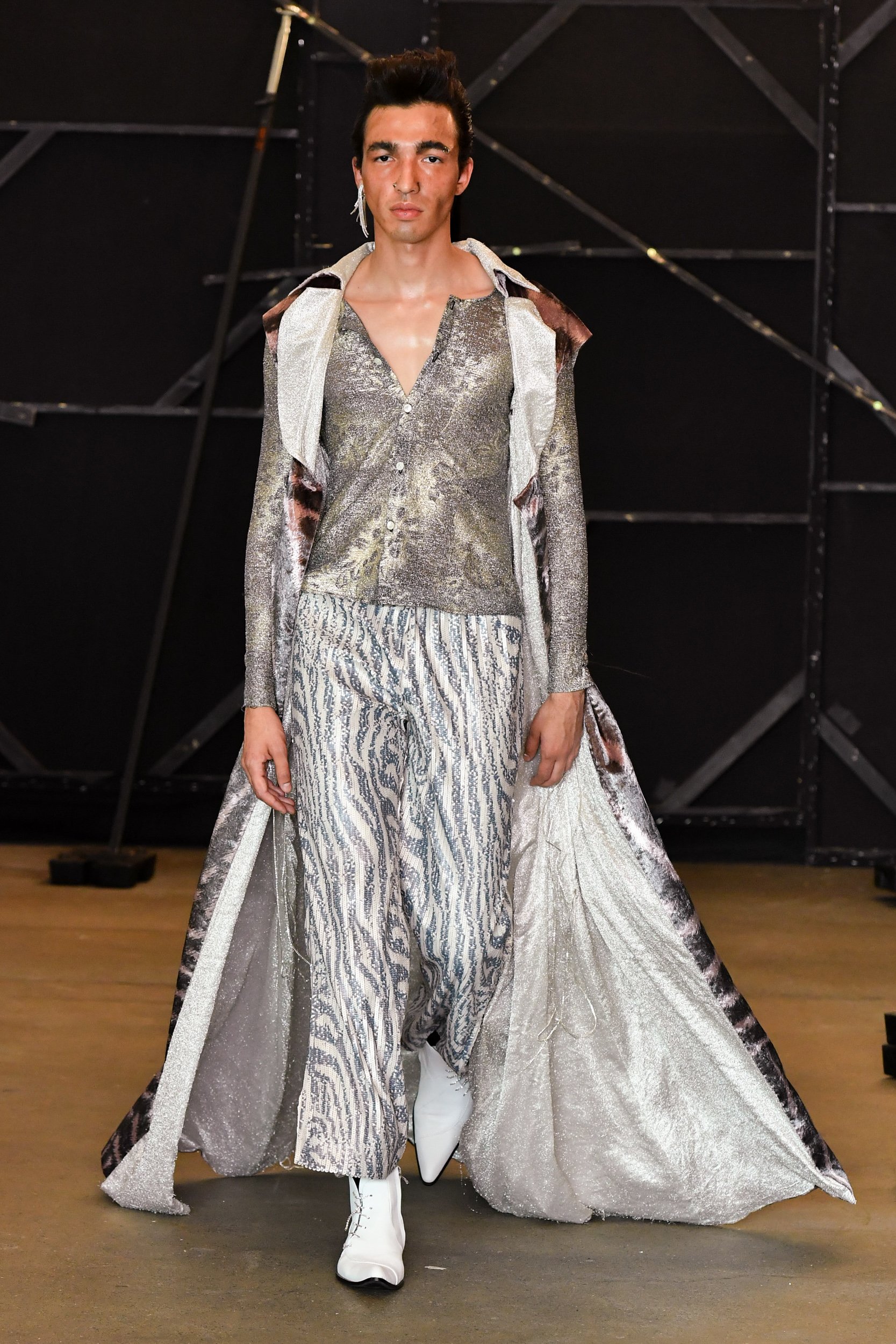Down the Rabbit Hole, Straight to the Source
After winning the Redress Design Award 2021, Jessica Chang immediately joined the Timberland design team in China, working remotely to collaborate on their upcoming Lunar New Year 2023 collection, ‘Year of the Rabbit’, and gaining insight from VF Corporation’s Sustainability and Responsibility team. We caught up with the designer to hear about her experiences.
What inspired your ideas and contributions to the Timberland collection?
My inspiration came firstly from what I've always believed in, which also inspired my Redress Design Award competition collection, "The Wall". I want to see different aspects and take the benefits from each, blending them and creating something new and better. Secondly, in a more visual way, I took inspiration from the culture created by actual wearers of Timberland boots. They have long been worn with suits and formal wear, giving the uptight aesthetic a new fun spin. This historic nod towards the iconic boot is an excellent fit for Timberland's direction of looking to the past and springing towards the future for their Year of the Rabbit collection.
During the collab process, how did the Timberland team respond to your suggestions for design and sustainability, including greater versatility beyond outdoor wear?
In the beginning, the Timberland team suggested that I work on making alterations on a jacket of a chosen style. However, I advocated for expanding beyond the image of outdoor wear and proposed a new vision of a versatile three-piece, suit-inspired set for all sorts of occasions. The set includes a long-sleeved shirt that also works as a jacket, and a matching vest designed to work on both the inside and outside of the aforementioned shirt-jacket. Naturally, the vest and shirt-jacket work well on their own as well, and with pants of matching fabric. This collaboration really fits with their new direction of "Built for the Bold”!
What were some of your biggest takeaways from the collaboration?
Timberland is truly tackling sustainability at the source with a scale of operation that only a company of such history and magnitude can manage. They have recruited and educated farmers with new sustainable methods of agriculture, replacing traditional planting methods which leaves farmlands barren, unable to sustain plant or animal life. I learned that with Timberland’s farming methods, the soil is rich with nutrients even after tilling and harvest, benefitting animal life surrounding the ecosystem and the environment. This is bringing forth the most needed change in our supply chains. They really embody the saying, "If you want something done right, do it yourself."
Since then I have started looking further along my own manufacturing line, like where's this fibre coming from? Or how are these plants grown to create these fibres? I’m curious to see what I can find.
I was also introduced to a model of a new shoe product that the components can easily be taken apart, allowing a more straightforward recycling process for the shoe. It brings much-needed hope to see a large company going into such detail about the end-of-life solutions for their products.
What insights did you gain from following Timberland’s workflow? What methods might you incorporate into your own design process?
It is all about efficiency and being as creative as possible within a clear boundary; getting the best possible result from the path of least resistance. I have seen firsthand that when there are so many moving parts in a large corporation, the margin for error must be as small as possible, and realistic. I think creatives tend to want all the freedom when it comes to designing; however, going from everything to one thing is an overwhelming and time-consuming process, often with lots of trial and error. Working with Timberland, I appreciated their decisiveness in saying no, and confidence in saying yes to something we could try with likelihood of success.
I really enjoyed learning how to be realistic. While I am already kind of a realistic person, they pushed that further with their global level thinking on how to make things more sustainable.
What are you most proud of in the final design?
The image of balance is something that I've always strived for, treading between outdoor and formal, creating a new aesthetic fitting in broader circumstances. While the Timberland identity is strong, I am proud that I still see myself in these designs. I am also incredibly proud to be associated with their brand after seeing the lengths they go through for authentic sustainability.
What's next for Jessica Chang?
Next up I’ll be working on my clothing brand PCES, continuing to prove our sustainability alongside the first prize title from Redress. Working with sustainable fabrics, my brand will be producing a collection to be showcased during the next Taipei Innovative Textile Application Show (TITAS) and Taipei Fashion Week SS2023. The new PCES collection will undoubtedly consist of zero-waste patterned garments with sustainable, high-performance fabrics — and importantly, aesthetic beauty.
Any words of advice for this year's finalists?
First, congratulations! The competition is an awesome experience, even done through Zoom calls. Whether or not you win is just a small part of the competition — what’s more important is what you gain in the process. Whether in meetings or working with someone, always be asking and learning as much as you can. Take as much information as you can from the experience!
In the beginning, it was hard for me to find resources and answers. That all changed after I found Redress! Now I could just reach out and ask somebody, without having to Google. A community can really help with sharing information.
Discover what our other alumni talents have been up to here – from launching collections to dressing superstars – Redress alumni are taking sustainable style to the next level.


